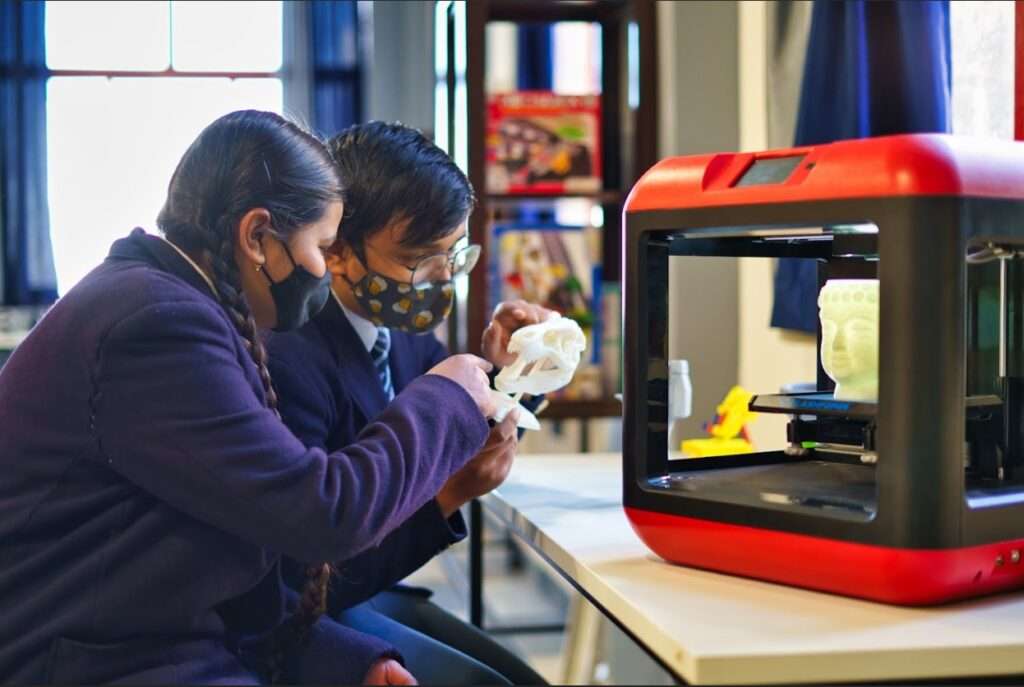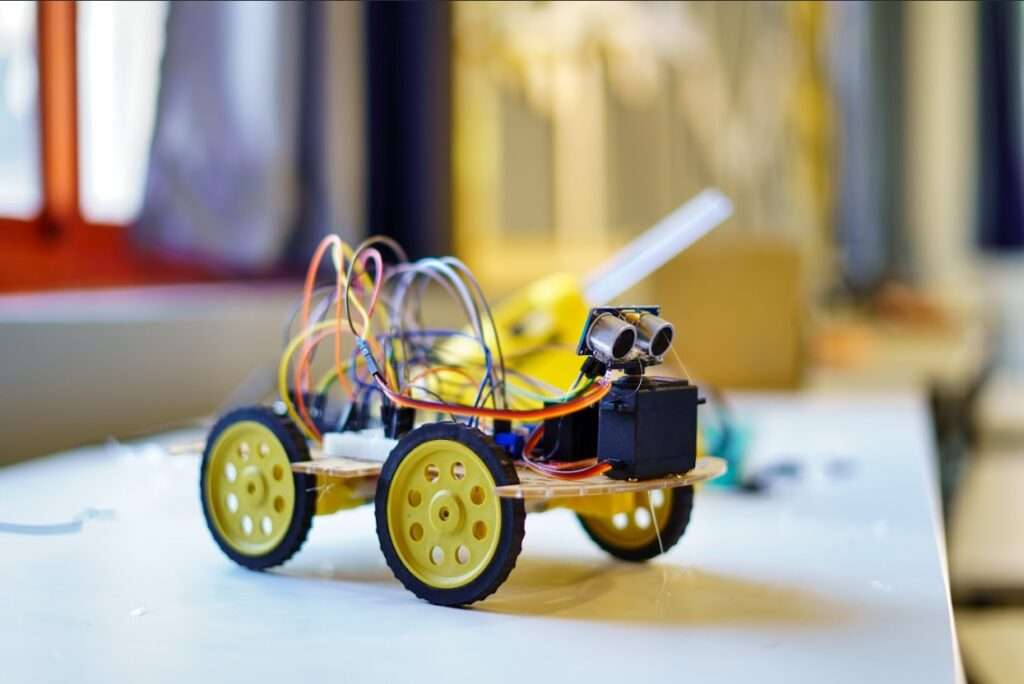STEM education, which stands for Science, Technology, Engineering, and Mathematics, is essential in today’s world. It equips students with the skills needed for future careers while enhancing their problem-solving and critical thinking abilities Yet, many schools face challenges when trying to integrate STEM programs effectively. Whether it’s a lack of resources, teacher training, or student engagement, the hurdles are real. But there are solutions! Here’s how schools can overcome these challenges and successfully implement STEM programs.
1. Insufficient Resources and Budget Constraints
One of the biggest obstacles to effective STEM education is the lack of funding for necessary tools and resources. STEM programs often require advanced technology such as computers, robotics kits, or 3D printers, which may be out of reach for many schools. However, schools can look for partnerships with local businesses or apply for STEM-specific grants to get the support they need. Learn more
Solution:
Apply for STEM grants: Many organizations offer grants to help schools fund their STEM initiatives.
Partner with local businesses: Companies in tech, engineering, or science-related fields may be willing to donate resources or sponsor programs.
2. Lack of Teacher Training
Even with the best equipment, a STEM program is only as good as the teachers leading it. Many educators are not fully equipped with the skills or confidence to teach STEM subjects effectively, especially with the rapid pace of technological advancement. Continuous professional development is essential to close this gap.
Solution:
Invest in teacher training: Regular workshops, certifications, and professional development programs will help teachers stay up to date on STEM trends and methodologies.
Create collaborative learning spaces: Encourage peer-to-peer learning where teachers can share experiences and strategies.
3. Low Student Engagement
STEM subjects can sometimes be perceived as difficult or intimidating by students, leading to a lack of interest or motivation. Schools often struggle to keep students engaged in STEM education, especially when traditional teaching methods are used. Hands-on learning, real-world applications, and interactive projects can help shift this perception.
Solution:
Incorporate hands-on projects: Engage students with practical, real-world STEM challenges, such as building robots or conducting experiments.
Gamify learning: Using game-based learning platforms or coding games can make STEM subjects more approachable and fun for students.
4. Equity and Accessibility Issues
Not all students have equal access to STEM opportunities, particularly those from underrepresented groups, low-income families, or rural areas. Ensuring that all students have access to quality STEM education is critical for creating an inclusive learning environment.
Solution:
Promote inclusivity: Schools should focus on making STEM programs accessible to all students, regardless of their background, and work to close any gaps in opportunity.
Host STEM outreach programs: Special events, STEM camps, or mentorship programs can help bridge the gap and inspire underrepresented students to explore STEM fields.
5. Lack of Clear Curriculum and Integration
Some schools struggle to integrate STEM across the curriculum, confining it to isolated subjects rather than creating a cohesive learning experience. Effective STEM programs should combine science, technology, engineering, and math in interdisciplinary ways that make learning more engaging and relevant to students.
Solution:
Adopt an interdisciplinary approach: Schools should integrate STEM into various subjects and show how these areas connect to real-world scenarios.
Use project-based learning: By introducing cross-subject projects that involve multiple STEM disciplines, students can gain a deeper understanding of how STEM fields interact.
Take the first step toward a successful STEM program today!
Implementing a successful STEM program may come with its challenges, but with the right strategies, schools can overcome them. By investing in teacher training, securing resources, and fostering a hands-on, inclusive approach, schools can create an engaging and effective STEM education environment that prepares students for future success.
Is your school ready to overcome STEM challenges? Start building a thriving STEM program today with our expert guidance!















